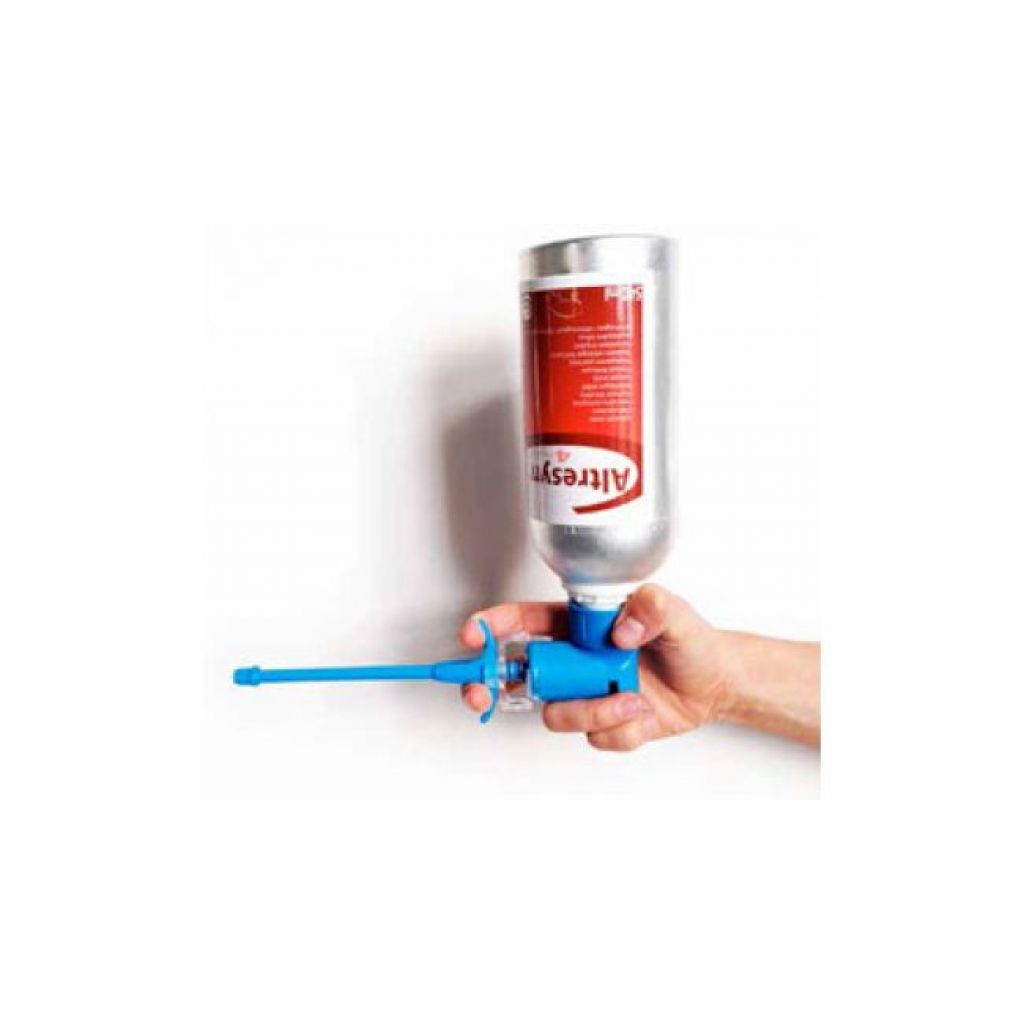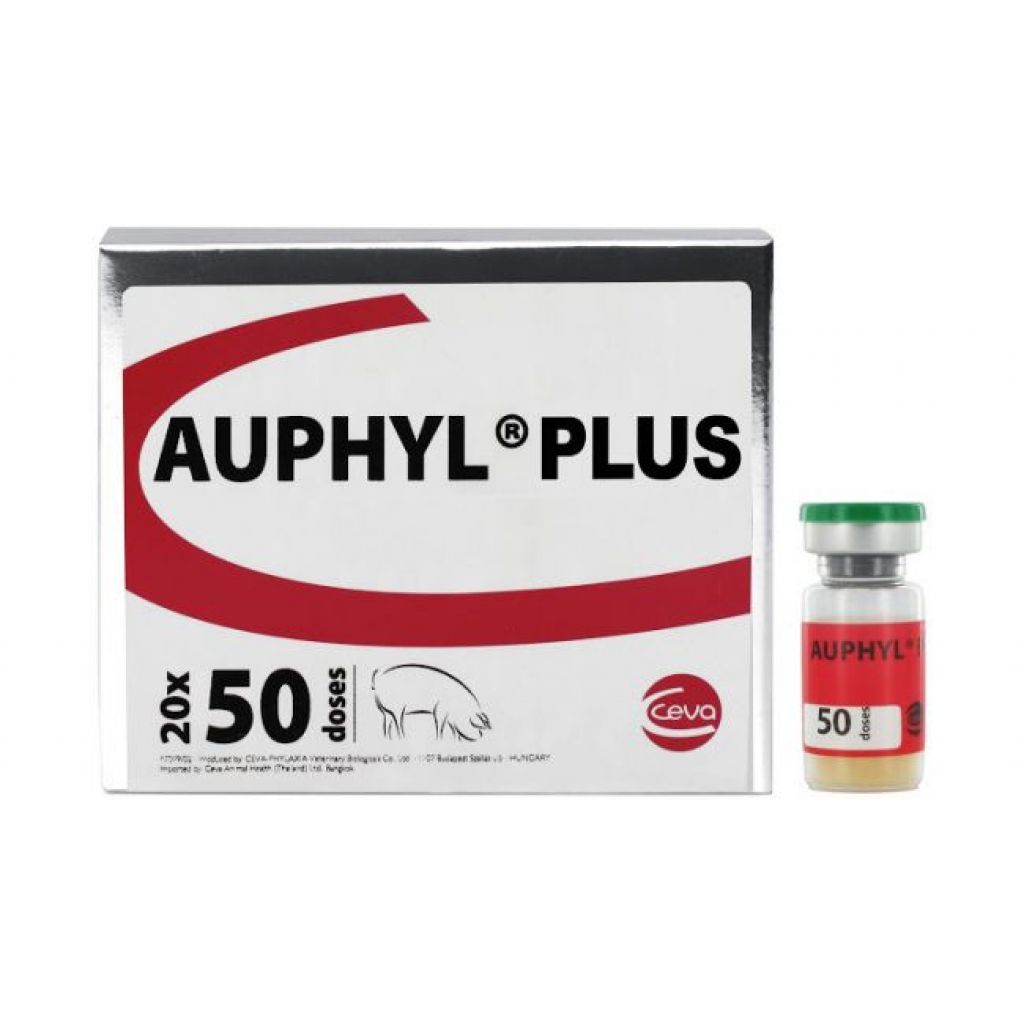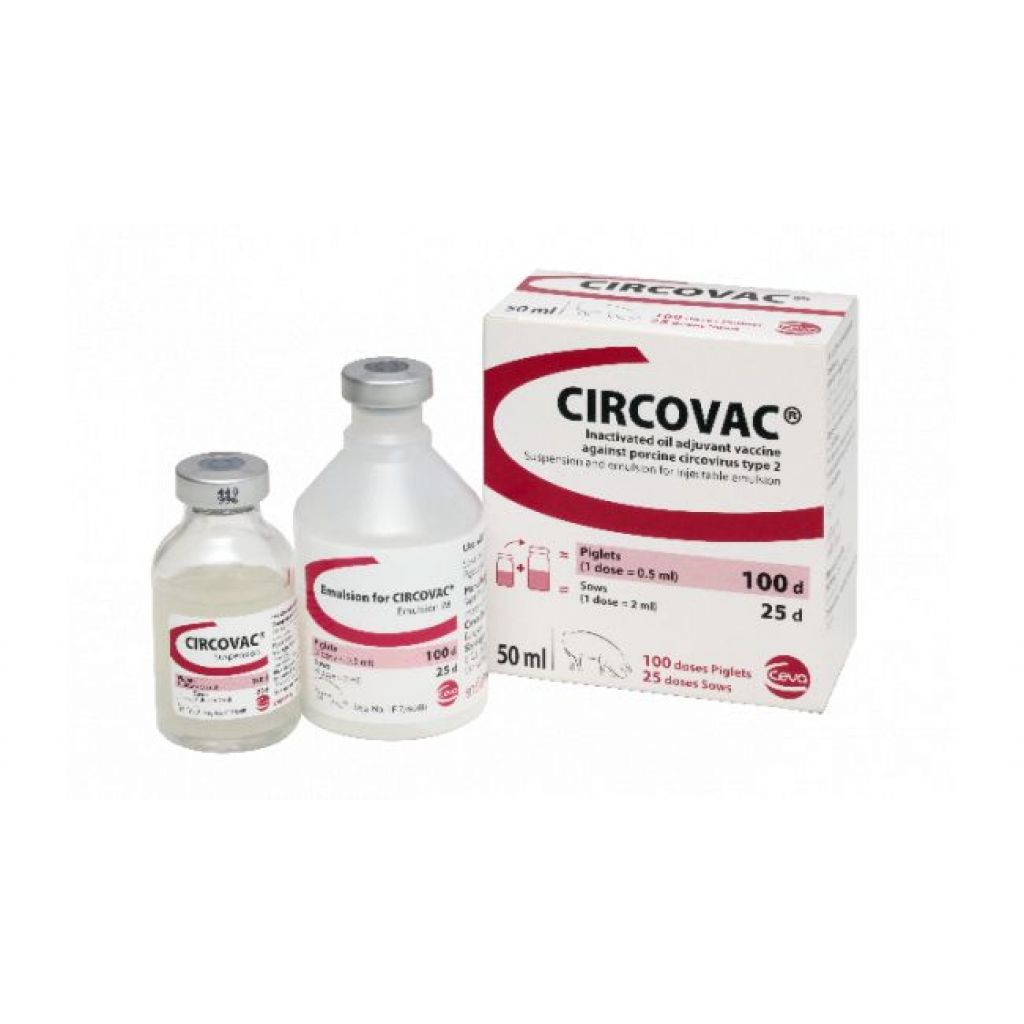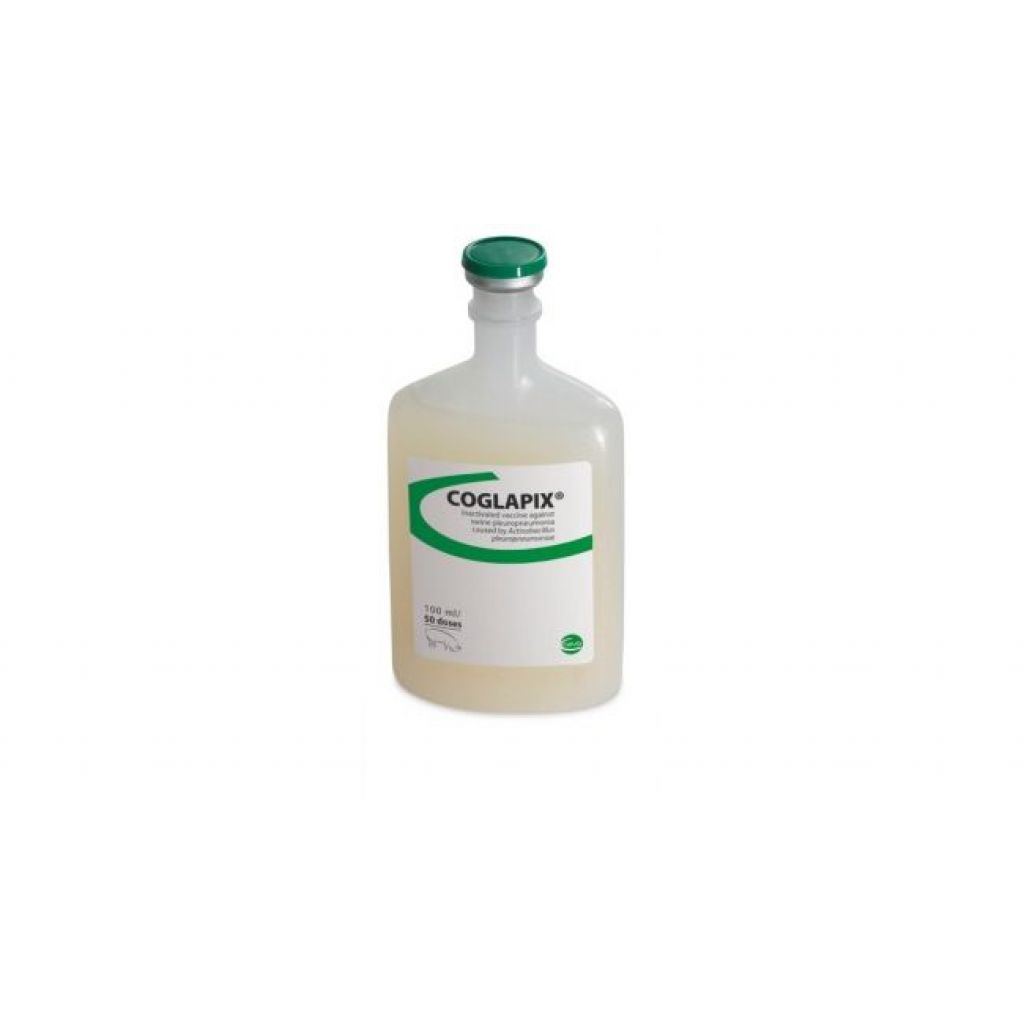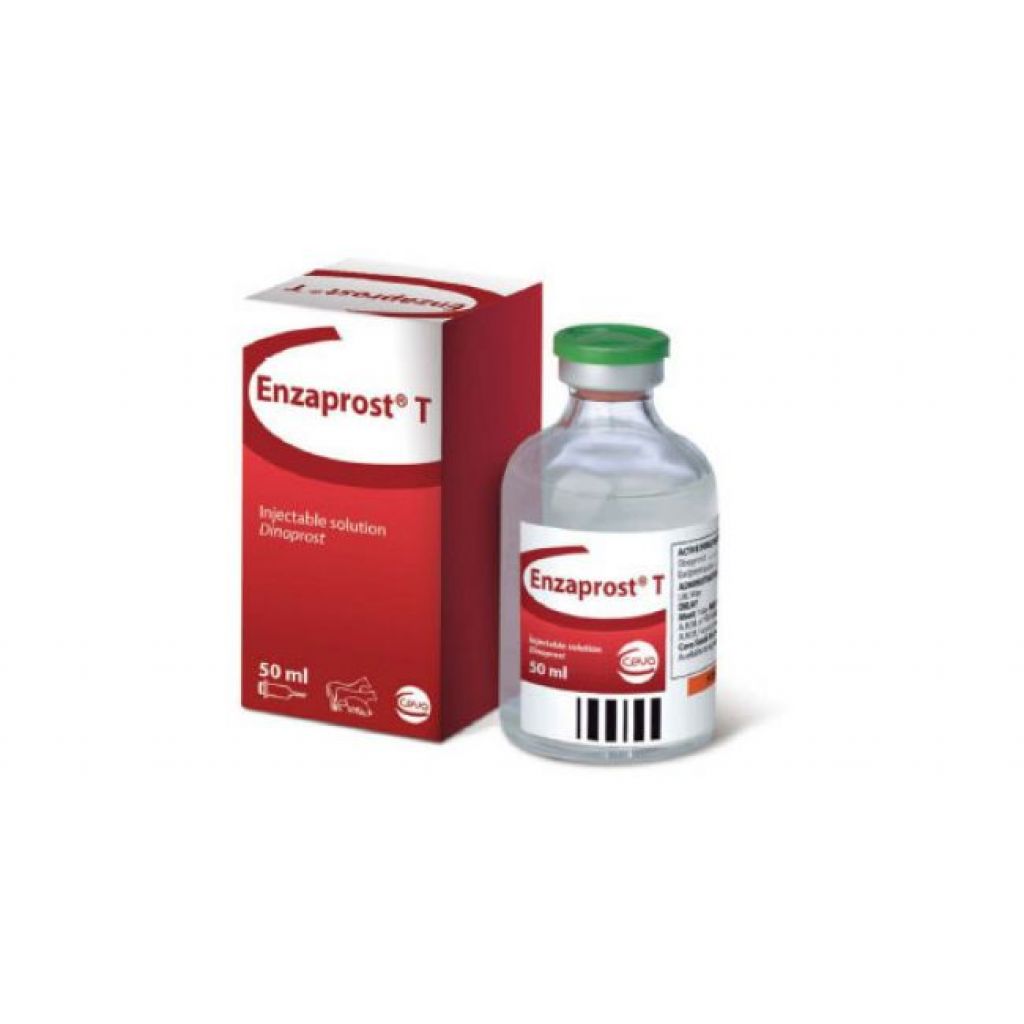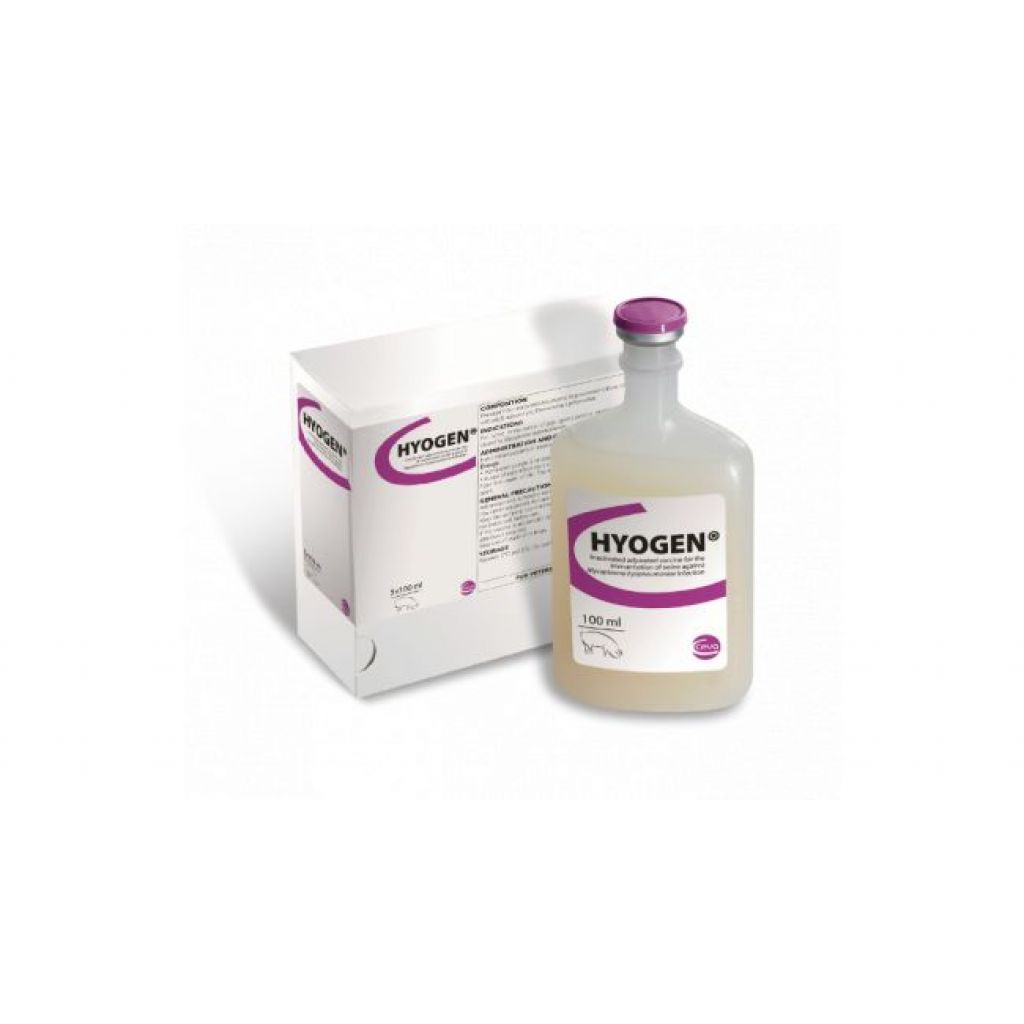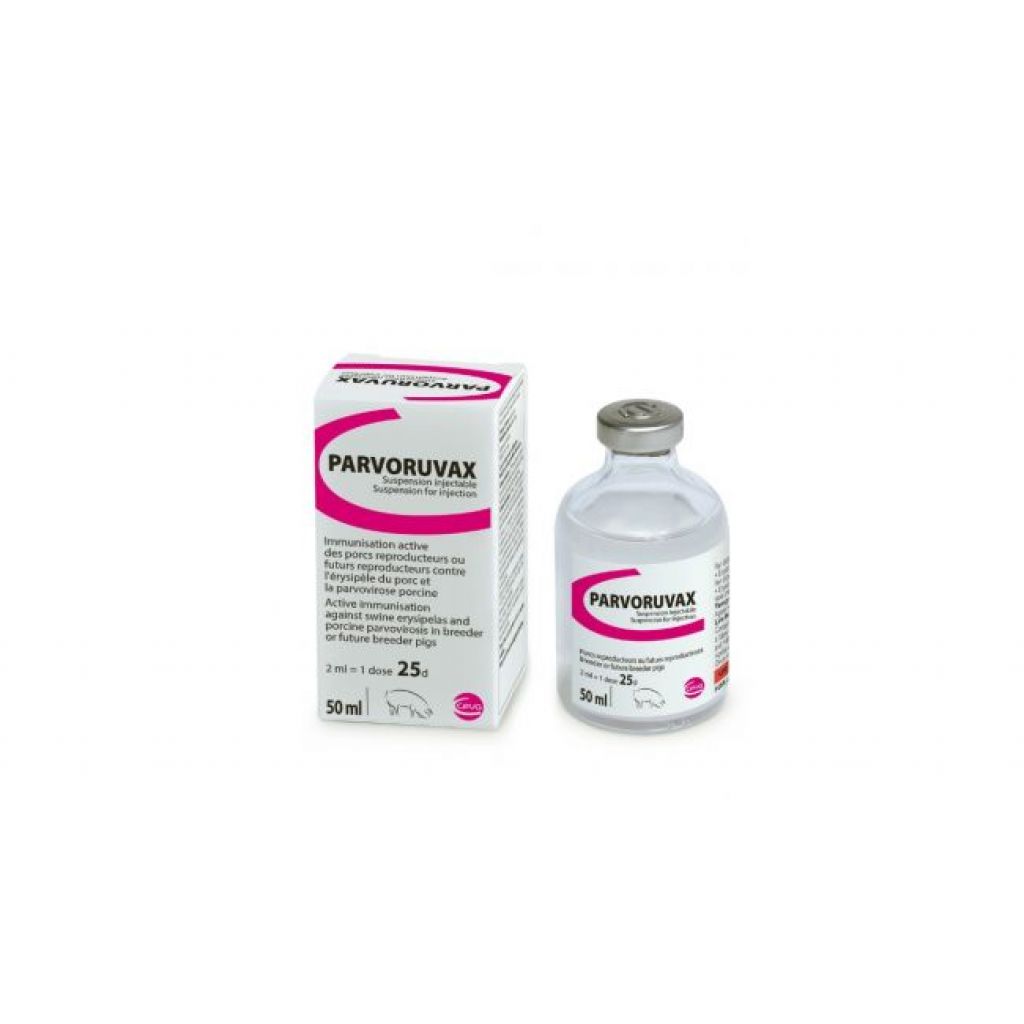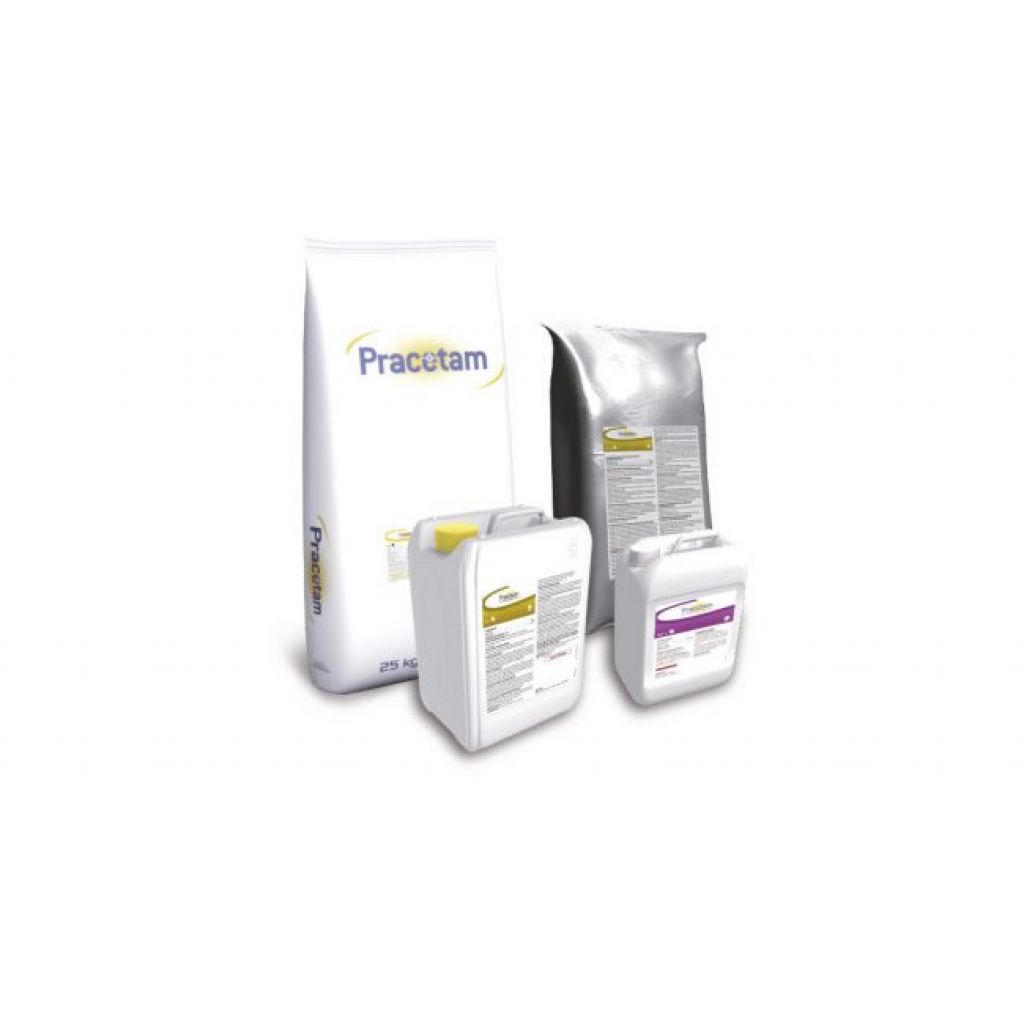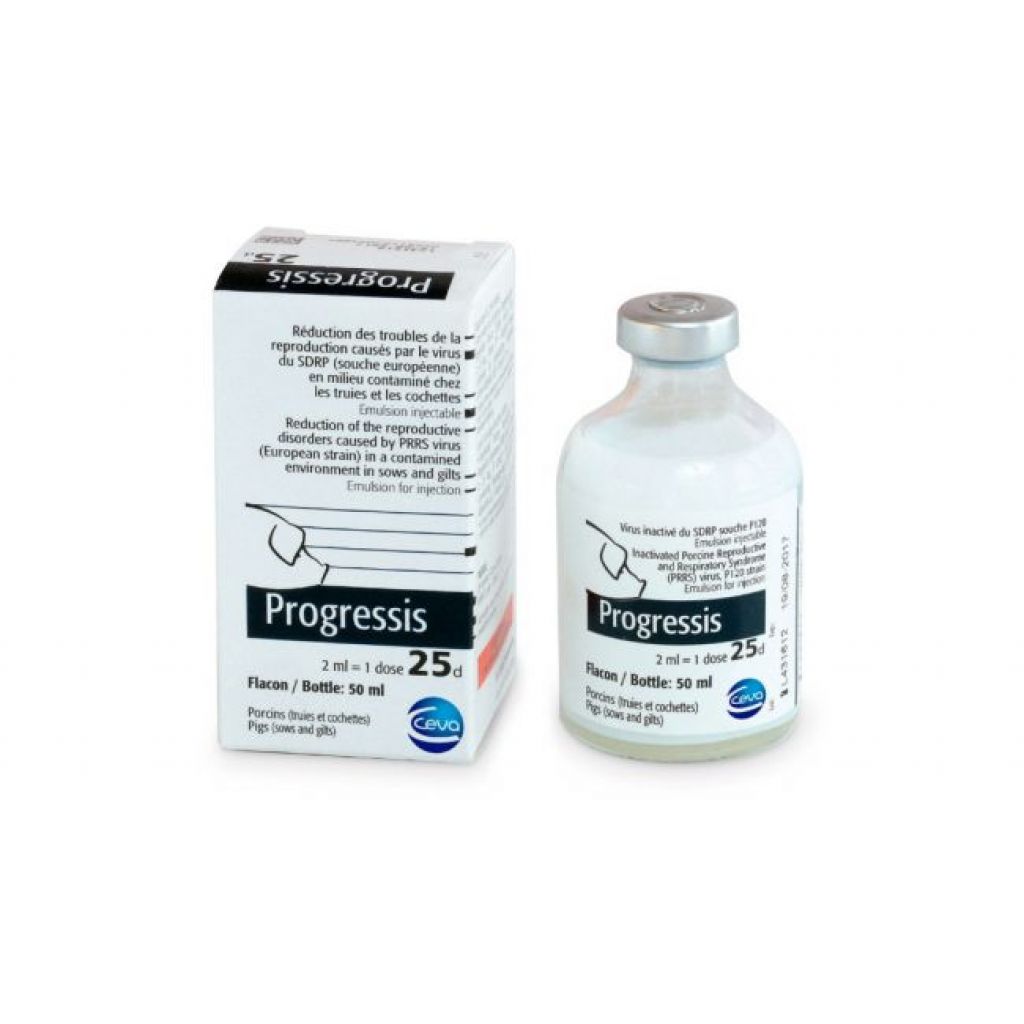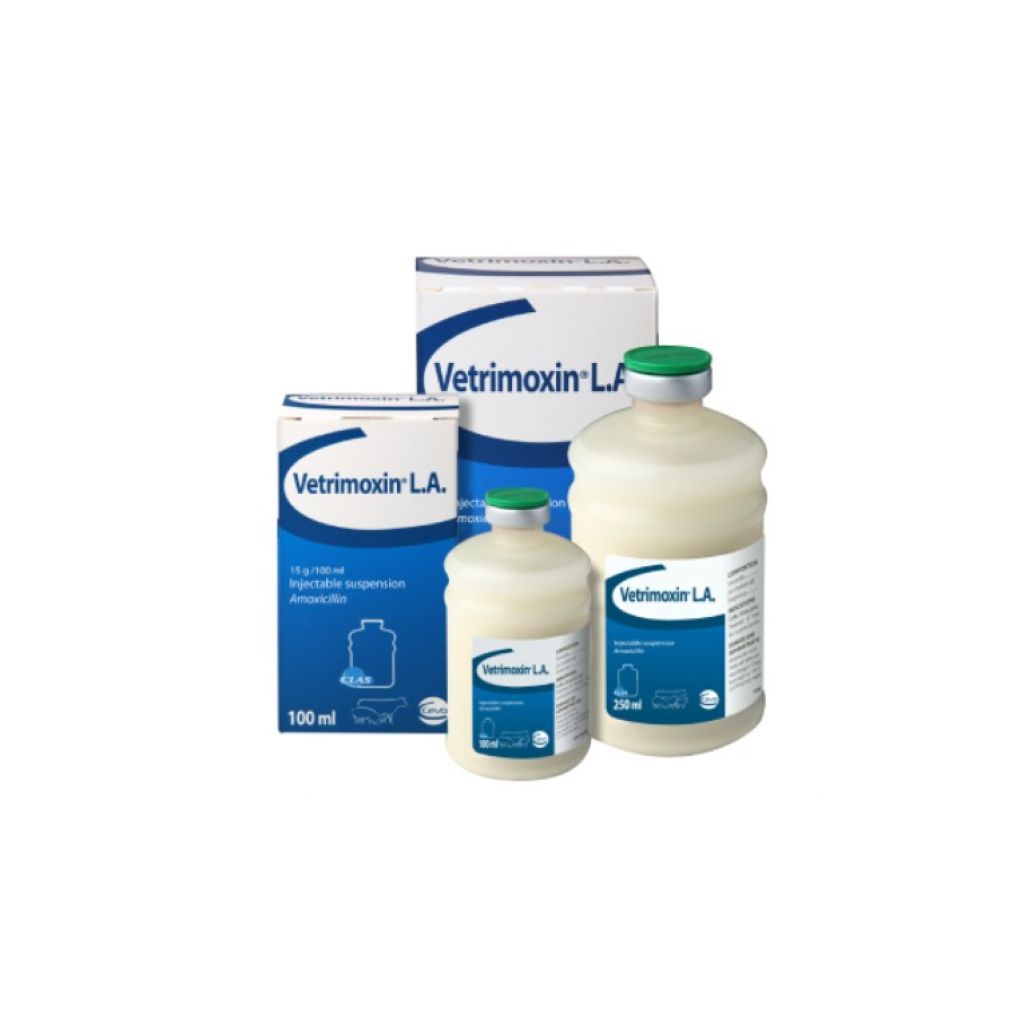How to Reduce Piglet Mortality in the Farrowing Unit (1/2)
We discussed the main piglet mortality causes in the farrowing unit in the last articles:
- Causes of Piglet Mortality in the Farrowing Unit (1/2): sow crushing, coccidiosis and scours.
-
Causes of Piglet Mortality in the Farrowing Unit (2/2). passive immunity transfer failure, low viability, deformity, starvation and exposure and agalactia
Now we take a look at the specific measures to reduce piglet mortality. Because of the nature of pre-weaning deaths, each of these techniques will address several causes at once. Nevertheless, keep in mind that investing in just one area is likely to have a lower positive impact than if you took steps to address the general environment in your farrowing unit.
Sow crushing prevention measures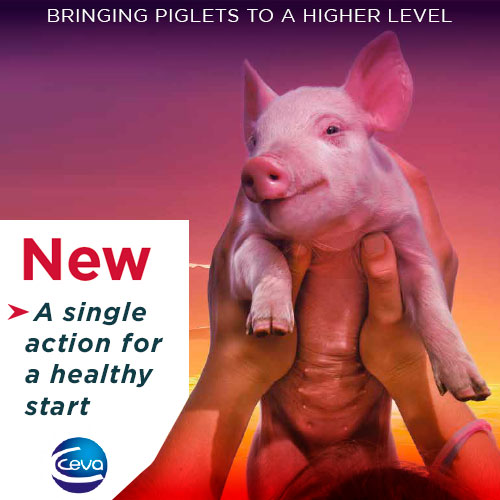
In industrial farming, the solution to pig crushing has been the restraining of the sow in a crate. Some farrowing crates allow greater movement than others. Crating is a controversial topic of discussion in the pig industry because there are many welfare and ethical concerns. Farmers often have to weigh sow welfare against the risk of crushing and piglet welfare. Loose and group housing solutions have been proposed, but these have greater rates of crushing than crating.
Most farrowing pens have a safe area the sow cannot access, together with a heated creep area. This solution increases piglet survival because it also prevents chilling. However, creep area acceptance is not very high. Nicolaisen et al. (2019) studied sow and piglet behaviour in three different types of farrowing pens: crate, loose, and group housing. They observed that pen design significantly influences how piglets behave. In the first days of life, piglets like to stay close to their dam and their littermates. The greater the distance between the sow and the creep area, the higher the probability that the piglets will not go inside it; therefore, they will tend to rest closer to the sow, increasing the risk of crushing.
These researchers from Hannover University also confirmed some interesting points about sow behaviour post-farrowing. Due to exhaustion, sows lie in a resting position 90% of the time during the first 3 days post-partum! As we know, in free life, sows have a very strong nesting behaviour and they practically stay in the same place in the days that follow farrowing. Nicolaisen and his co-authors propose this could be an evolutionary mechanism to prevent crushing. This could be, but the implication is that piglet behaviour has a greater impact on the risk of crushing than sow behaviour.
Therefore, designing the farrowing pen so that the sow can lie close to the creep area is a major factor that can reduce crushing. Another aspect of pen design that has been widely adopted is anti-crushing bars. These prevent the piglet from getting caught between the sow and the wall.
As they grow, piglets more readily accept the creep area and the risk of crushing (as well as the need to restrain the sow) diminishes.
These are the specific measures to reduce sow crushing:
- Design farrowing pens to allow the sow to lie close to the creep area.
- If you restrain the sow, do so during the first 3 days post farrowing (most crushing events occur during this period).
- Don’t allow piglets to rest in the cold areas next to the sow (use split suckling, which will also reduce crushing due to chilling and starvation).
- Include anti-crushing bars in your farrowing pen design.
- Don’t select replacement gilts from dams with a history of crushing.
- Cross-foster piglets within 48 h post-farrowing.
Prevent Septicaemia in Pigs
Septicaemia is a scientific term for ‘blood poisoning.’ When bacteria infect a piglet, they can ‘poison the blood’ through toxins and even bacteria themselves entering the bloodstream (bacteraemia). As the bacteria spread, they elicit a very aggressive inflammatory response. Septicaemic piglets become feverish, lethargic, stop nursing, and will soon die from the infection, that is if they are not crushed in the process.
The main cause of septicaemia in pigs is poor immunity, most likely due to a lack of colostrum. Another important source of septicaemia in piglets is E. coli, which is also a frequent cause of scouring.
These are the most important measures you can take to prevent septicaemic diseases in the farrowing unit:
- Ensure that piglets get enough colostrum.
- Vaccinate sows pre-farrowing.
- Increase farrowing unit hygiene and biosecurity.
- Use prophylaxis where appropriate (for example, against coccidia).
Manage colostrum
The importance of colostrum cannot be overstated!
By far the most common reason why piglets don’t get enough colostrum is that they are born to a large litter. Since this is also one of the main factors influencing low viability, the effect is compounded. Therefore, litter equalisation through cross-fostering is widely practised in modern pig farming.
There are several cross-fostering techniques . As a general rule, it should not be overdone, and it should be accomplished during the first 48 hours post-farrowing. Everything should be done to promote that cross-fostered piglets receive at least one stomach full of colostrum from their biological dam. To accomplish this, split suckling is very useful.
Litter equalisation has its pros and cons. However, it is a fact that it reduces neonatal mortality in lower-weight piglets.
The main colostrum management techniques are split suckling, teat training, and bottle feeding. Split suckling consists in using a box to keep part of the litter inside the creep area, allowing the rest of the piglets free access to the sow. Split suckling is cheap, convenient, and very effective because it also reduces chilling, forcing piglets to spend some time in the heated creep area. Split suckling can be seamlessly integrated into the farrowing pen workflow.
Teat training should be done selectively, with the smaller littermates. It consists in manually approaching the piglet to a teat and encouraging it to drink. Teat training (also called assisted nursing/suckling) ensures that the most vulnerable piglets ingest colostrum, decreasing overall mortality.
Finally, bottle feeding consists in manually feeding a piglet. This can be accomplished with a bottle or with a nasogastric tube. Colostrum can be extracted from the dam or, if this is not possible, from another sow, that has farrowed recently. Some advocate keeping frozen colostrum on site; while this is certain to reduce mortality, we should question its cost-effectiveness.

Table 1. Colostrum management techniques.
This is a short list summarizing the most effective measures to reduce pig mortality due to passive immunity transfer failure:
- Decrease oxytocin use during farrowing (Declerck et al., 2017).
- Have a clear cross-fostering policy and train farrowing unit personnel.
- Equalise litters within 48 h post-farrowing.
- Encourage piglets to nurse, if possible, within the first hours after farrowing.
- Use split suckling as a matter of policy in all litters larger than 12 piglets.
- Train farrowing unit personnel in advanced assisted feeding techniques (teat training, assisted feeding).
- Implement batch farrowing to facilitate cross-fostering.
Click here to discover CEVA products!
Contact:
Contact us using the following form.



